I remember my first exposure to cross-processing. Back in college, I was lucky to have a lot of friends and acquaintances who were photography enthusiasts; most shot digital but a few dabbled in film. Facebook albums made it easy to follow each other’s work, and this was how I first saw the picture of the fire hydrant in the snow. The picture itself would probably have been unexceptional, but the red of the hydrant was so explosively vibrant and the shadows so delicately purple, that I couldn’t stop staring at it.
When I asked (probably rather desperately) HOW this picture looked that way, the answer opened a whole photographic world– it was shot on slide film and developed in negative chemicals– cross-processed.
There are two basic kinds of film a photographer can shoot– regular negative film, which is intended to create prints, and slide (or positive) film, which is intended to be projected. The chemical process to create the positives and negatives is different: negative film is developed in a chemical called C-41 and positive film is developed in E6. (Black and white film uses a completely different set of chemicals, but since black-and-white slide film is basically extinct, I am intentionally omitting it. Unless otherwise noted, the films I’m discussing are color films.)
When film is cross-processed, it is purposefully developed in the wrong chemicals. Usually, this means that slide film is developed in C-41.
The results can be wild. Film is always unpredictable but cross-processing is even more so; some rolls will create super-saturated, super-contrasted images, others will skew the colors yellow (or cyan, or green).
Most of what I’ve learned about cross-processing since that initial discovery has come from trial and error. I’ve shot many slide films in many conditions, and I’ve been able to get a sense of what I like and what I don’t.
Here’s a few of the films I’ve worked with, and the results.
Ektachrome 200G & Ektachrome 100G
The Ektachrome G series generally yields super-saturated, super-contrasty images, with blues leaning towards cyan and reds really popping. Greens sometimes get a bit blue. When this film is fresh, the results are excellent. When it’s expired, sometimes the image gets weird– so contrasted that the image can wash out or so cyan that details are lost.
Ektachrome 100 Plus
This is similar to Ektachrome G, but with more warmth and more details. The images are saturated and crisp. I love this film cross-processed.
Elite Chrome 100 & Elite Chrome 200
This is similar to Ektachrome 100G, but much bolder– the contrast can be more extreme and the images slightly less detailed. The blues and cyans and reds can be garish with this film.
Ektachrome 100VS
This film can lend a cyan or dark green hue to the images, and often comes out slightly underexposed with purply shadows. Depending on the situation, this can give the image a sort of “neon” effect. When used effectively, the results are excellent… But here’s a tip: don’t shoot Petra with 100VS. My pictures of the site in Jordan were completely green!
Velvia 100F
This tilts yellow and red, with a sort of sepia effect.
Velvia 100
This tilts yellow and red, often to an extreme. I found it hard to get good details or colors from this film when cross-processed, but if you shoot something with bold details or with a lot of blue, the result can be great.
Fujifilm Provia 400X
For whatever reason, this film came out underexposed and orangey for me.
Konica Centuria 100
I put off using this film for ages because I’d heard that it tilted yellow and neon green, and actually only shot with it accidentally. Luckily, the results were like regular film anyway– slightly underexposed and rather subtle.
Want to try cross-processing? It’s easy! All you need is a film camera and a roll of slide film. Start experimenting! Your results might be totally different from mine. Flickr has some excellent groups about cross-processing, but really the best way to learn is to DO IT! And of course, share the results—I would love to see them.
Have you ever tried cross-processing? What are your experiences with this process?
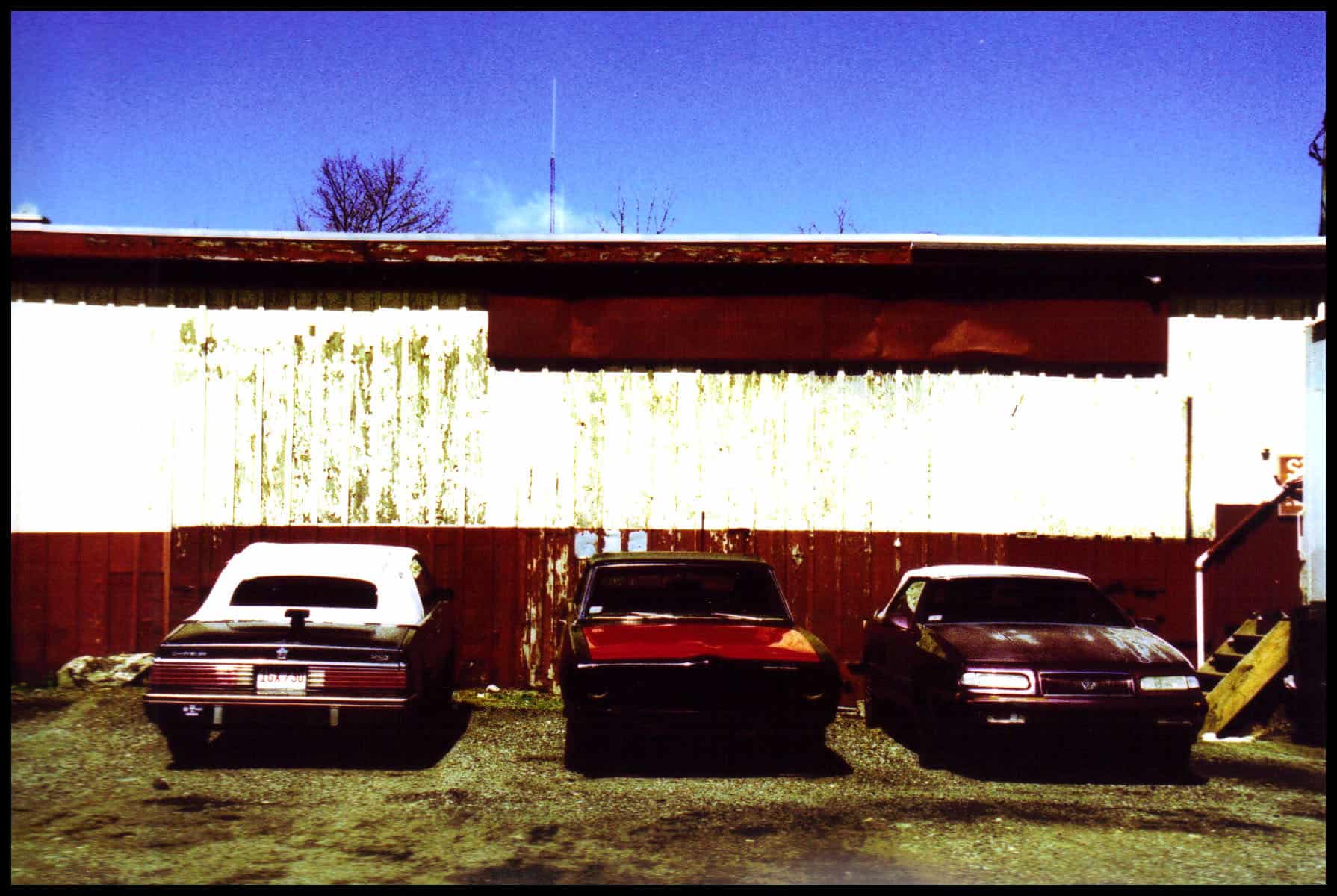
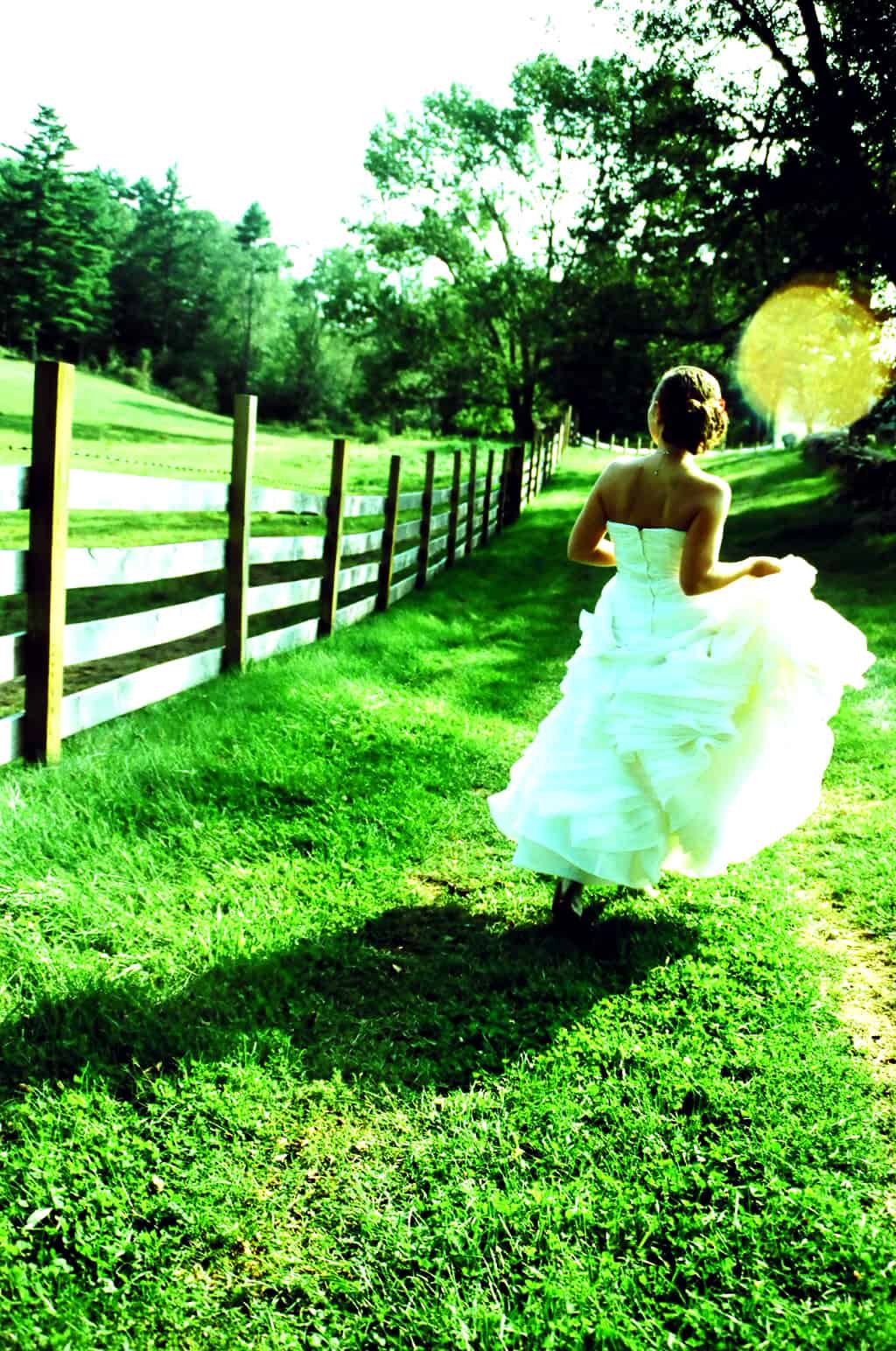

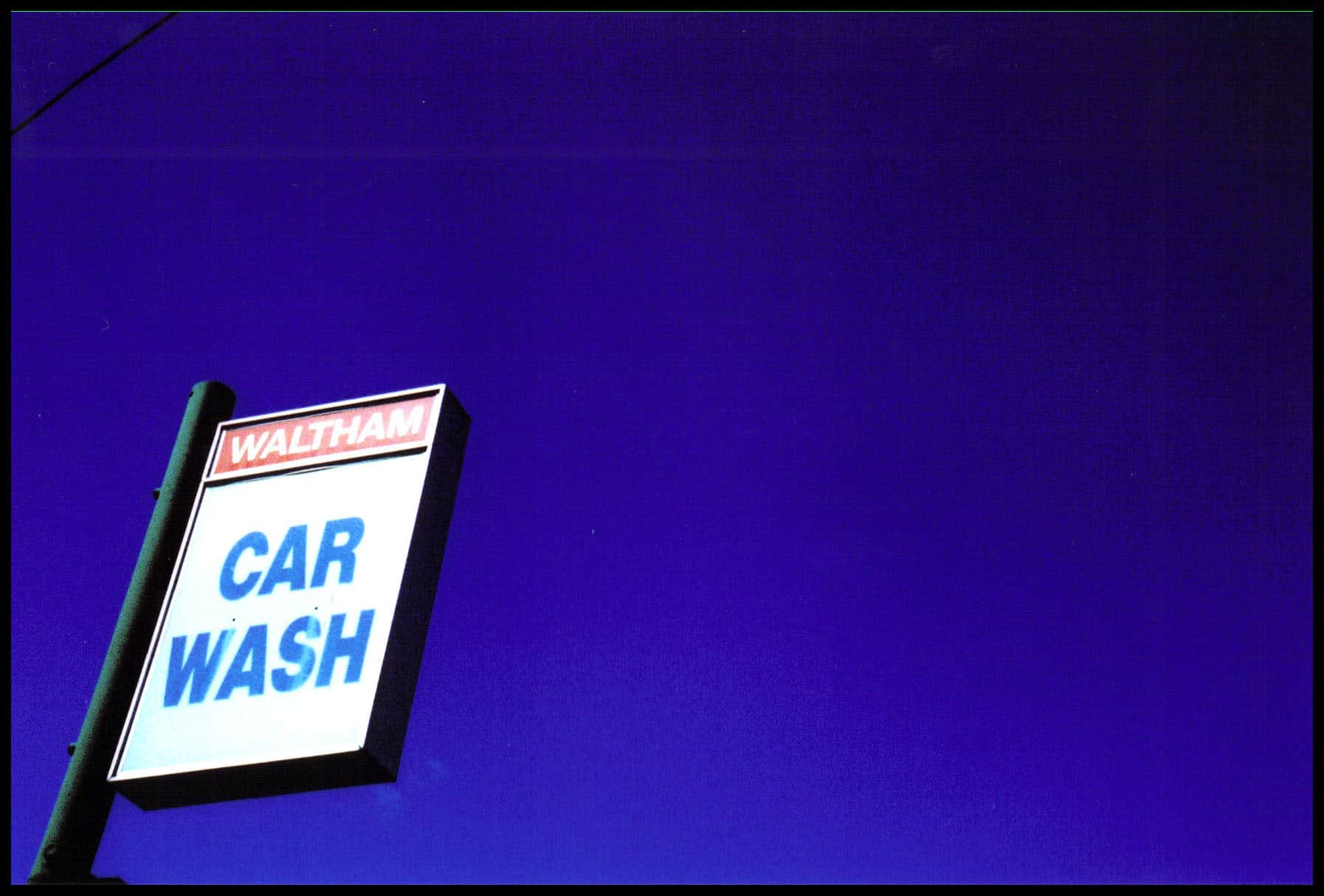
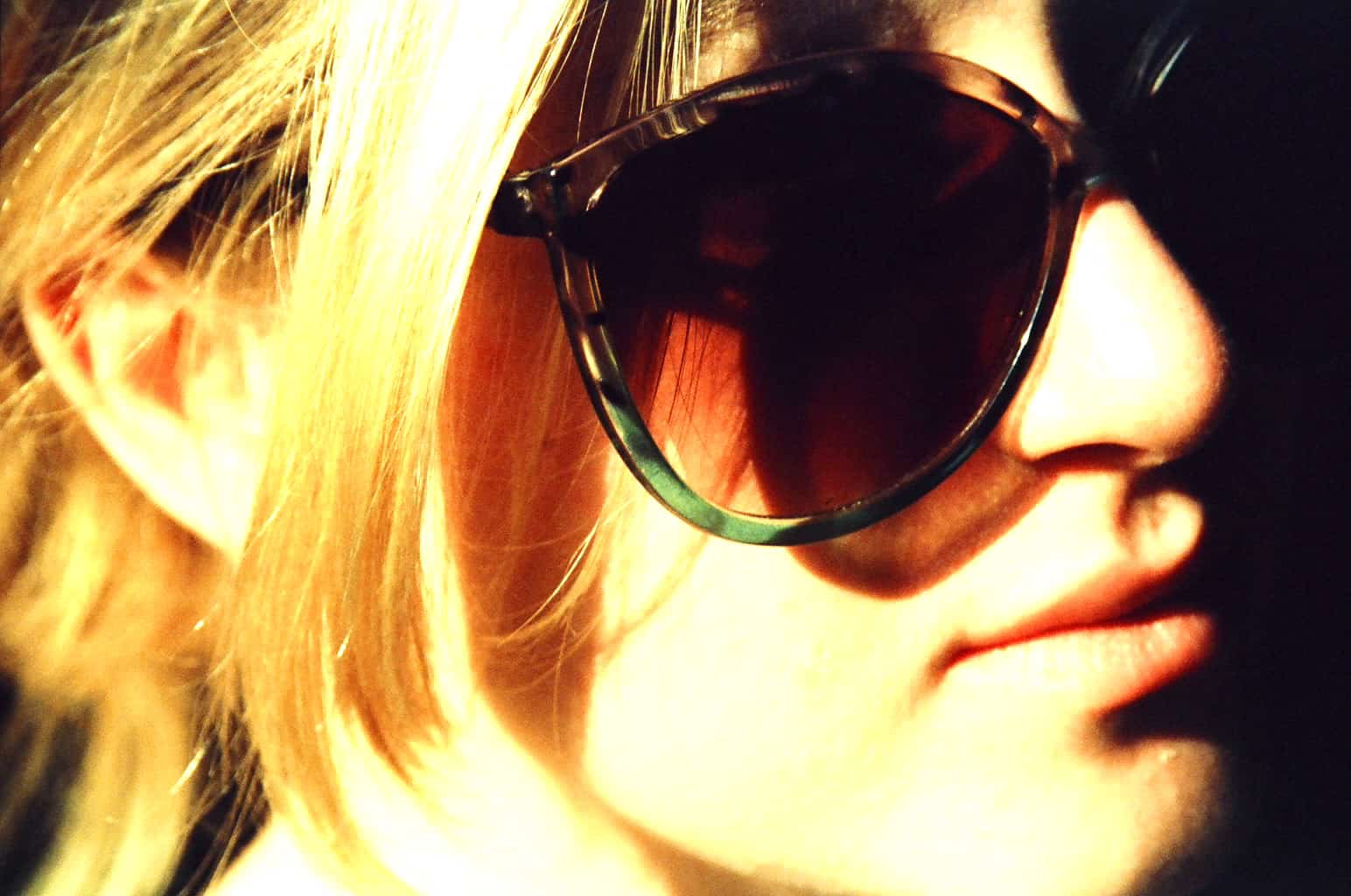
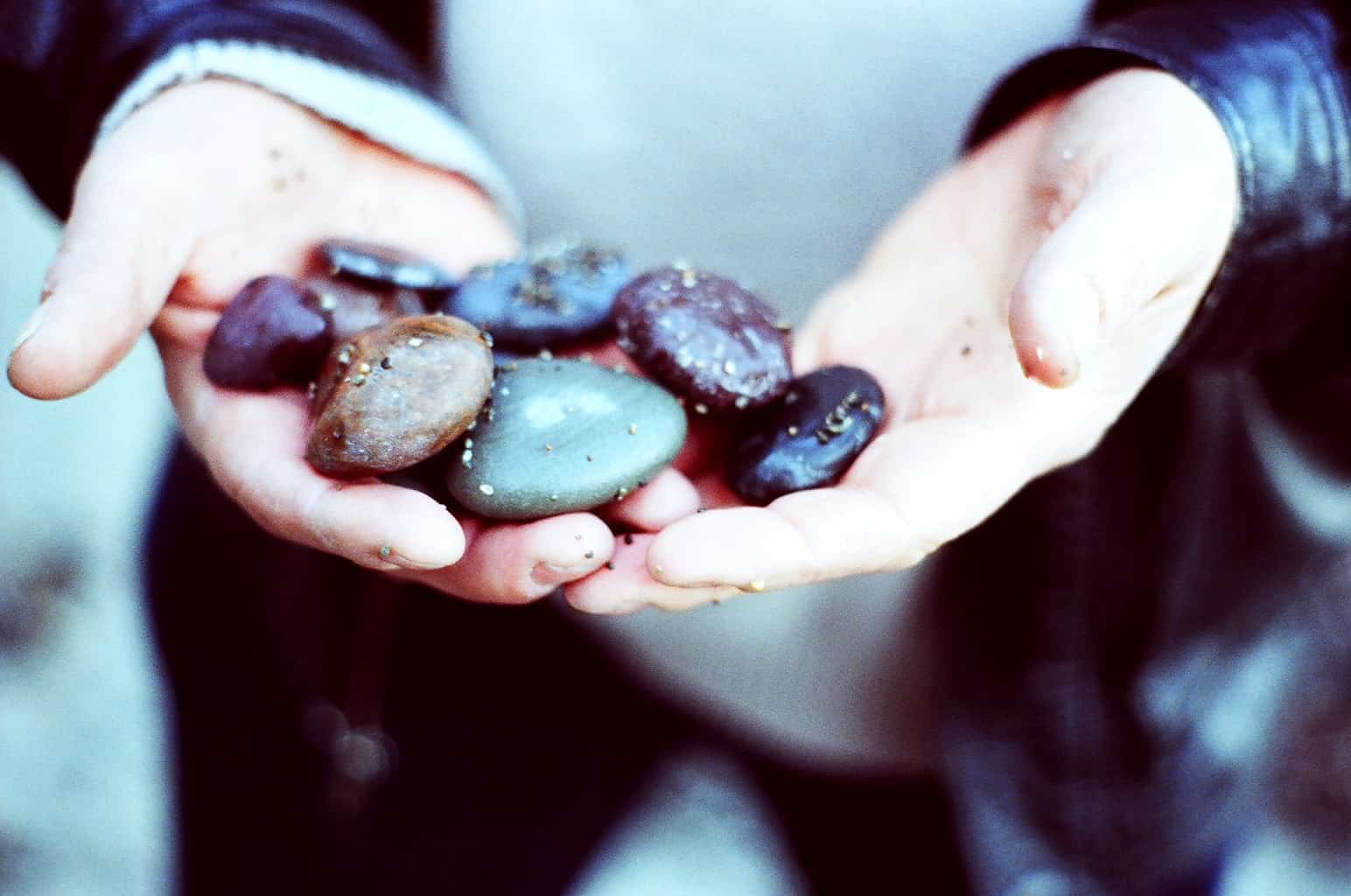
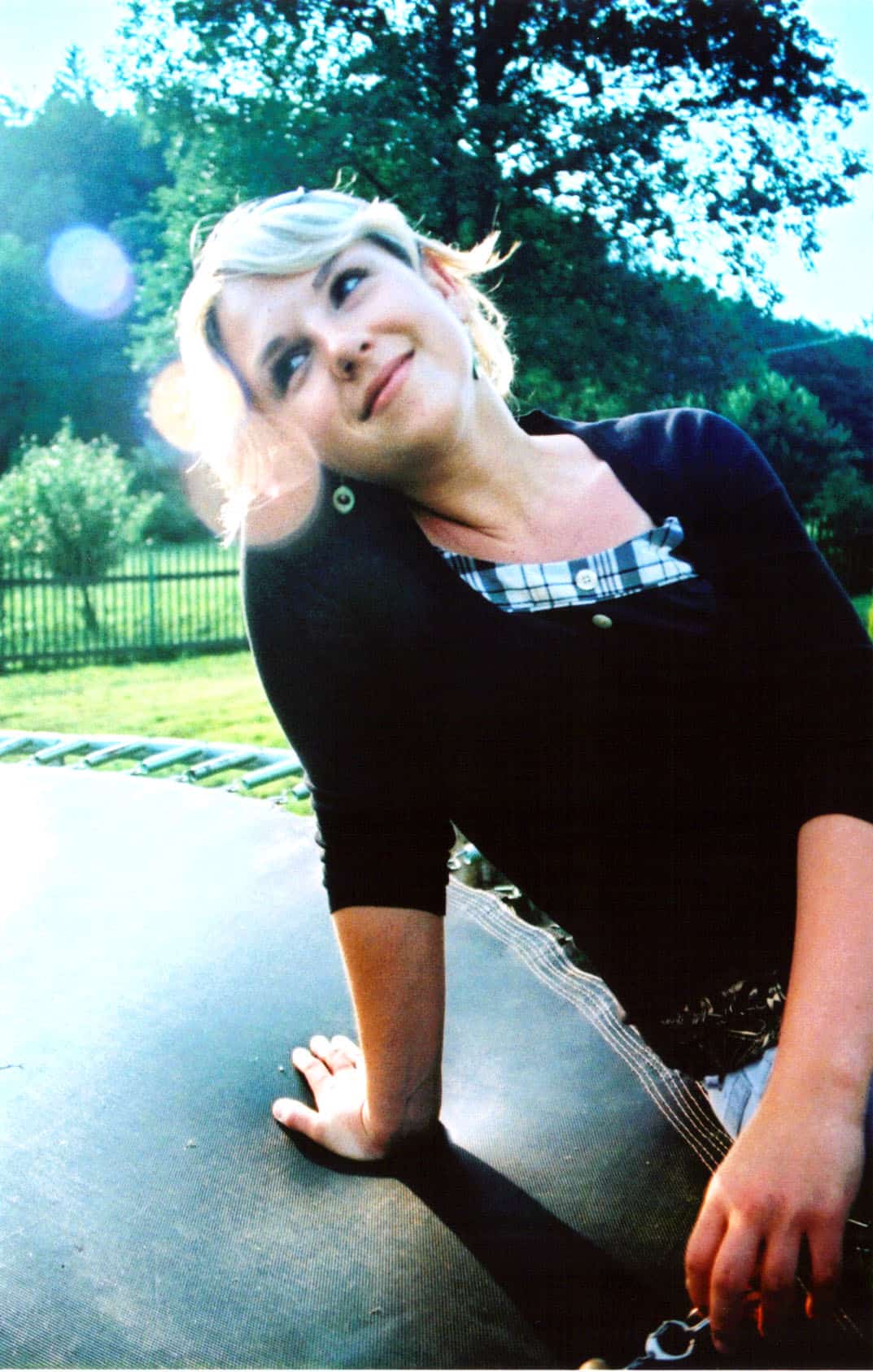

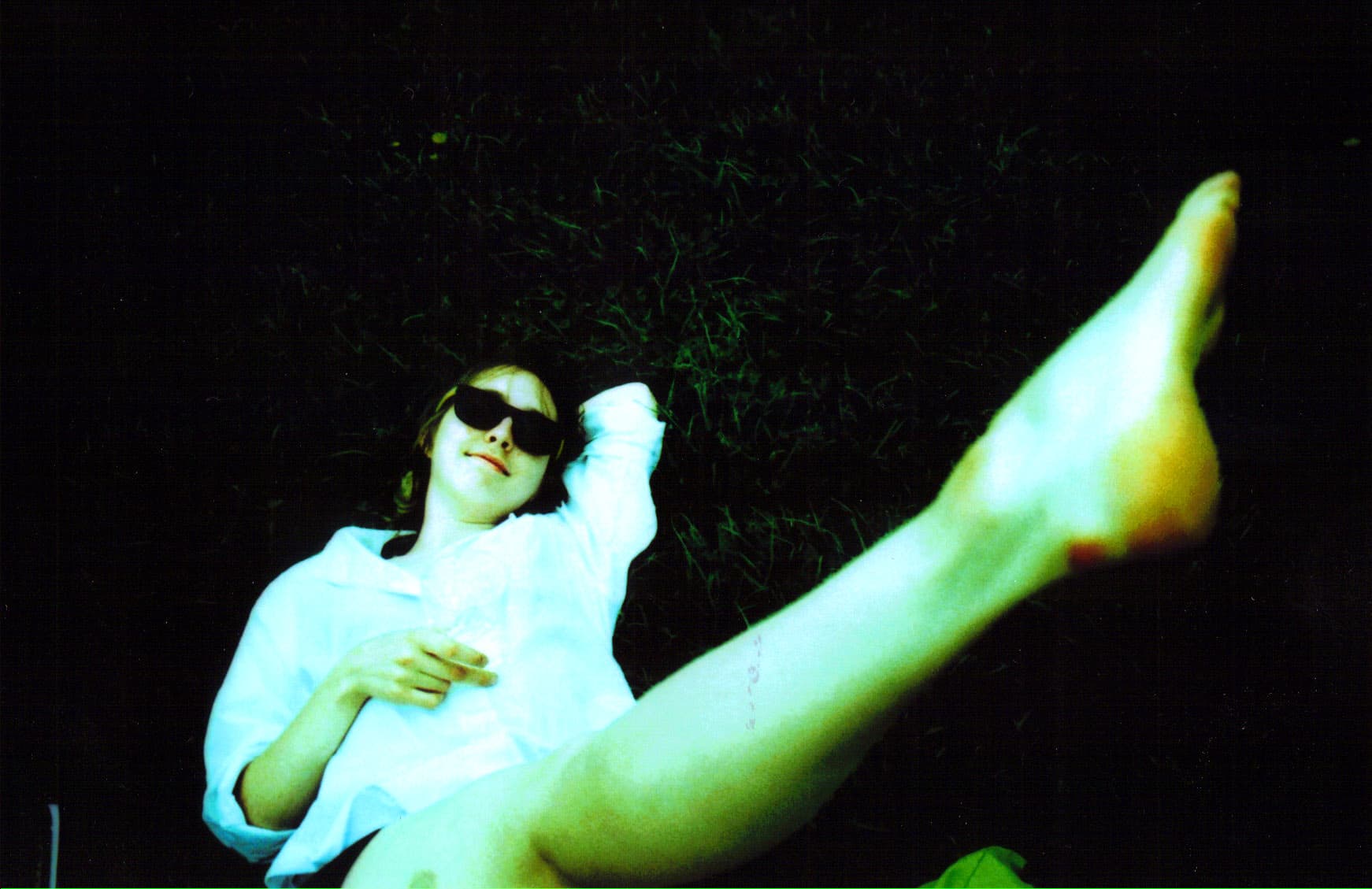
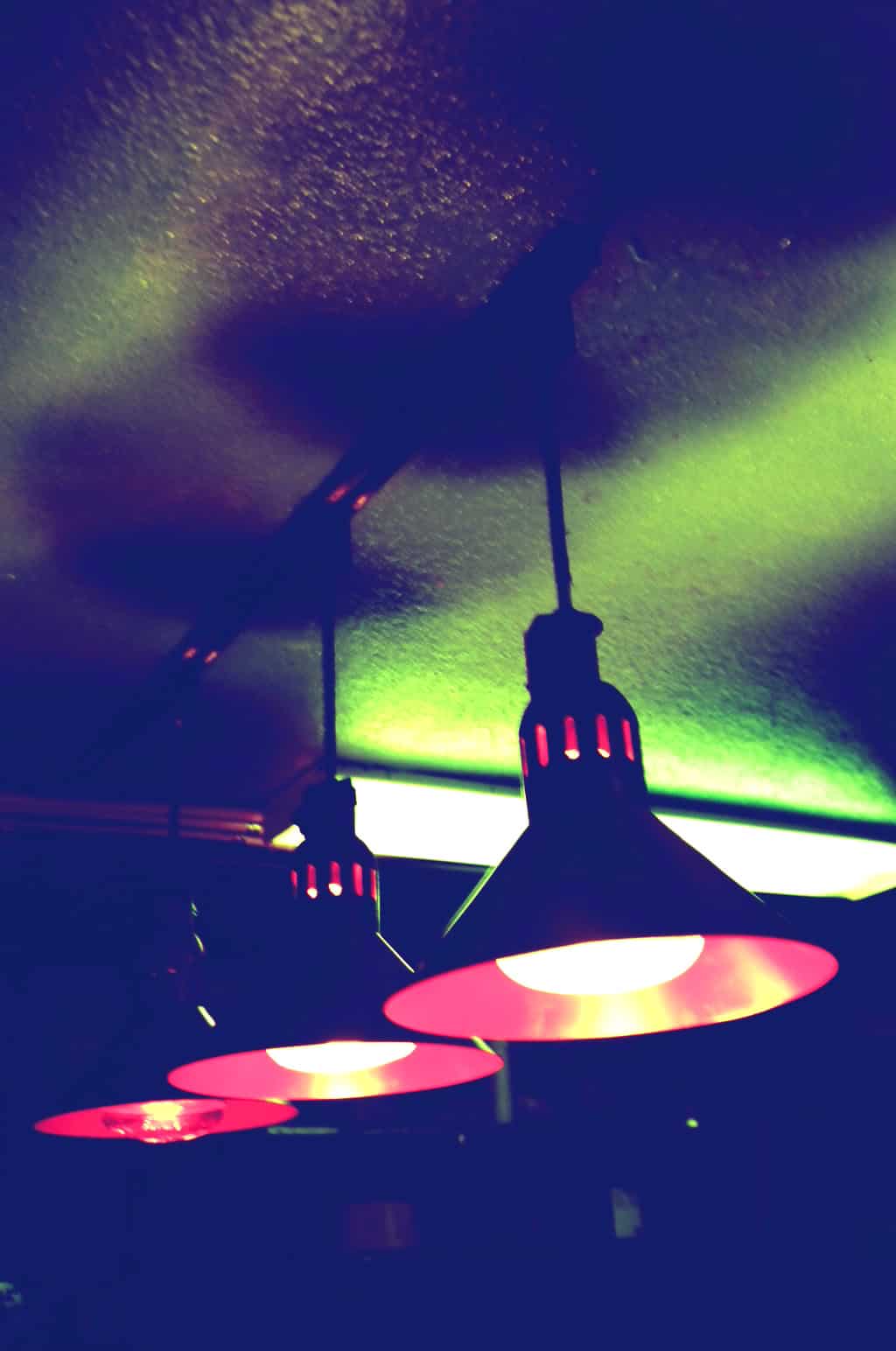
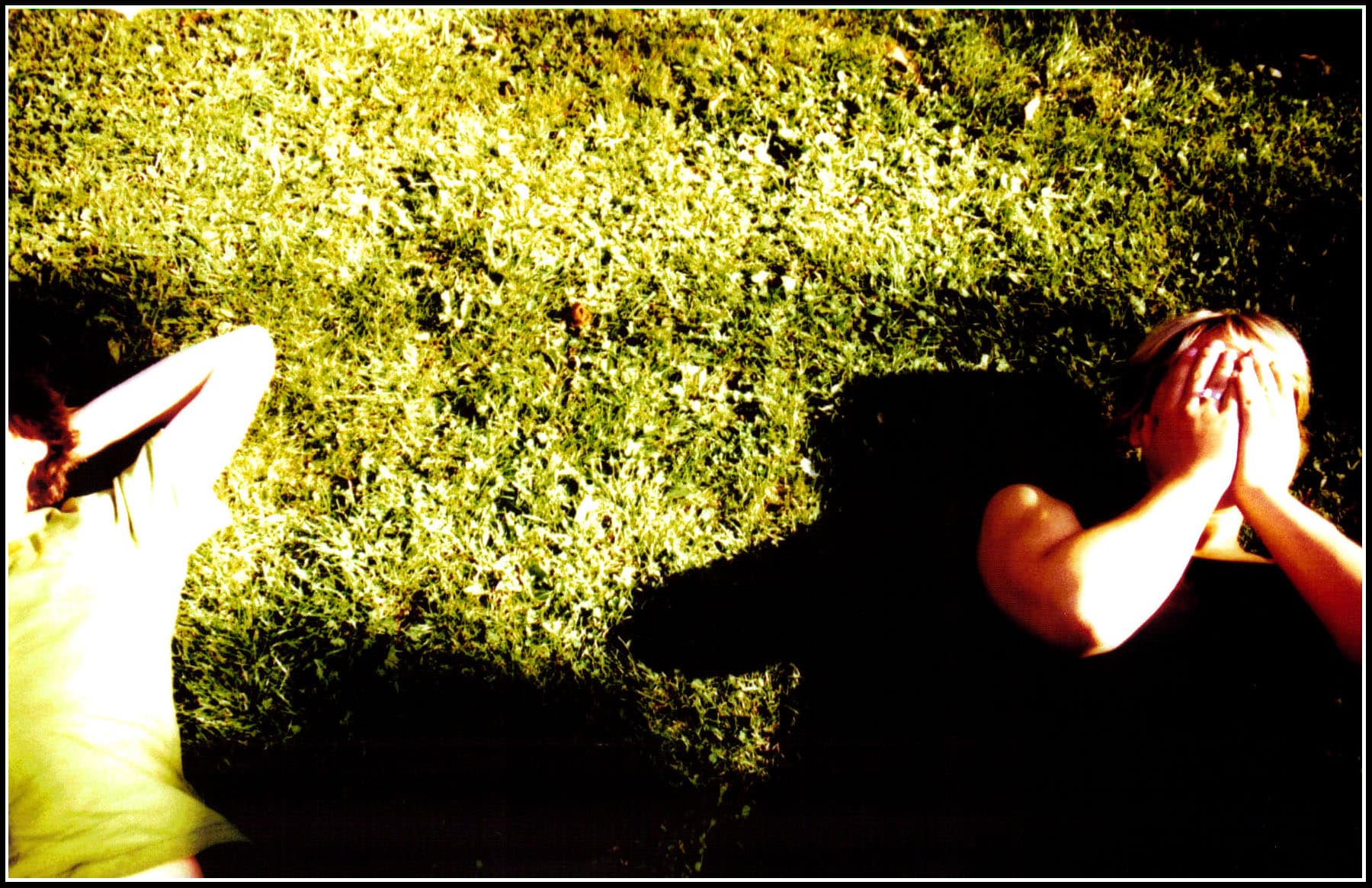
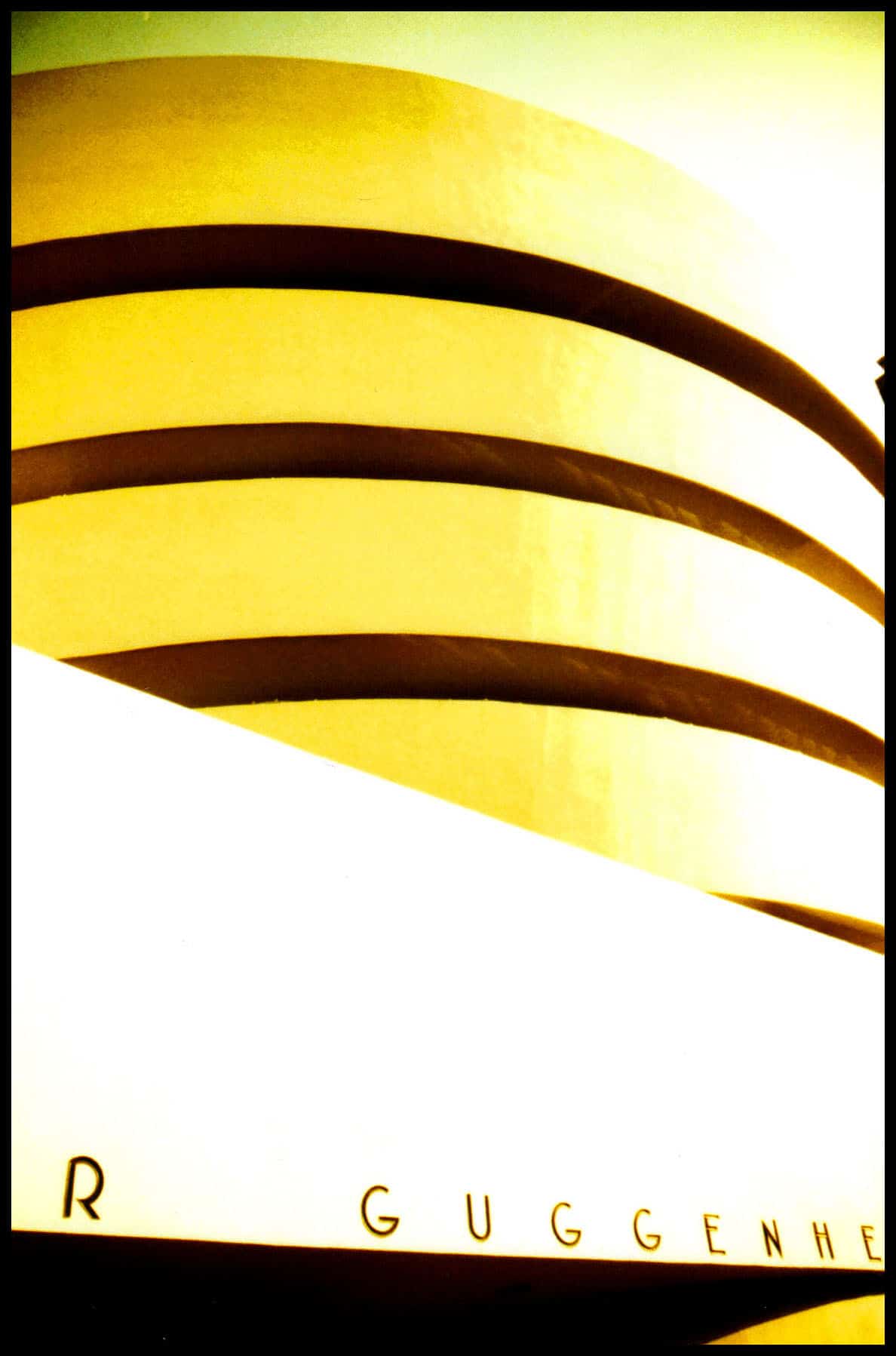
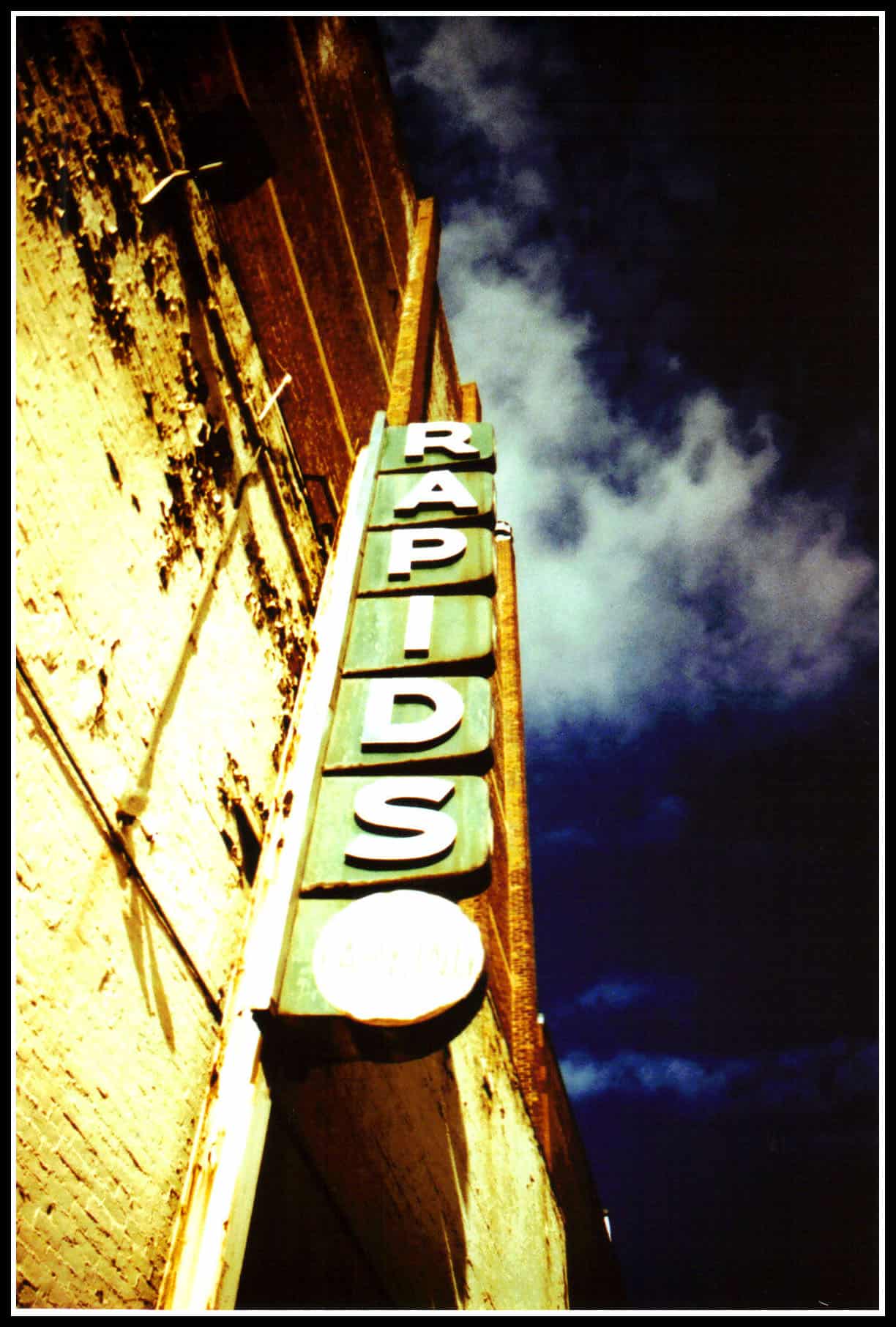



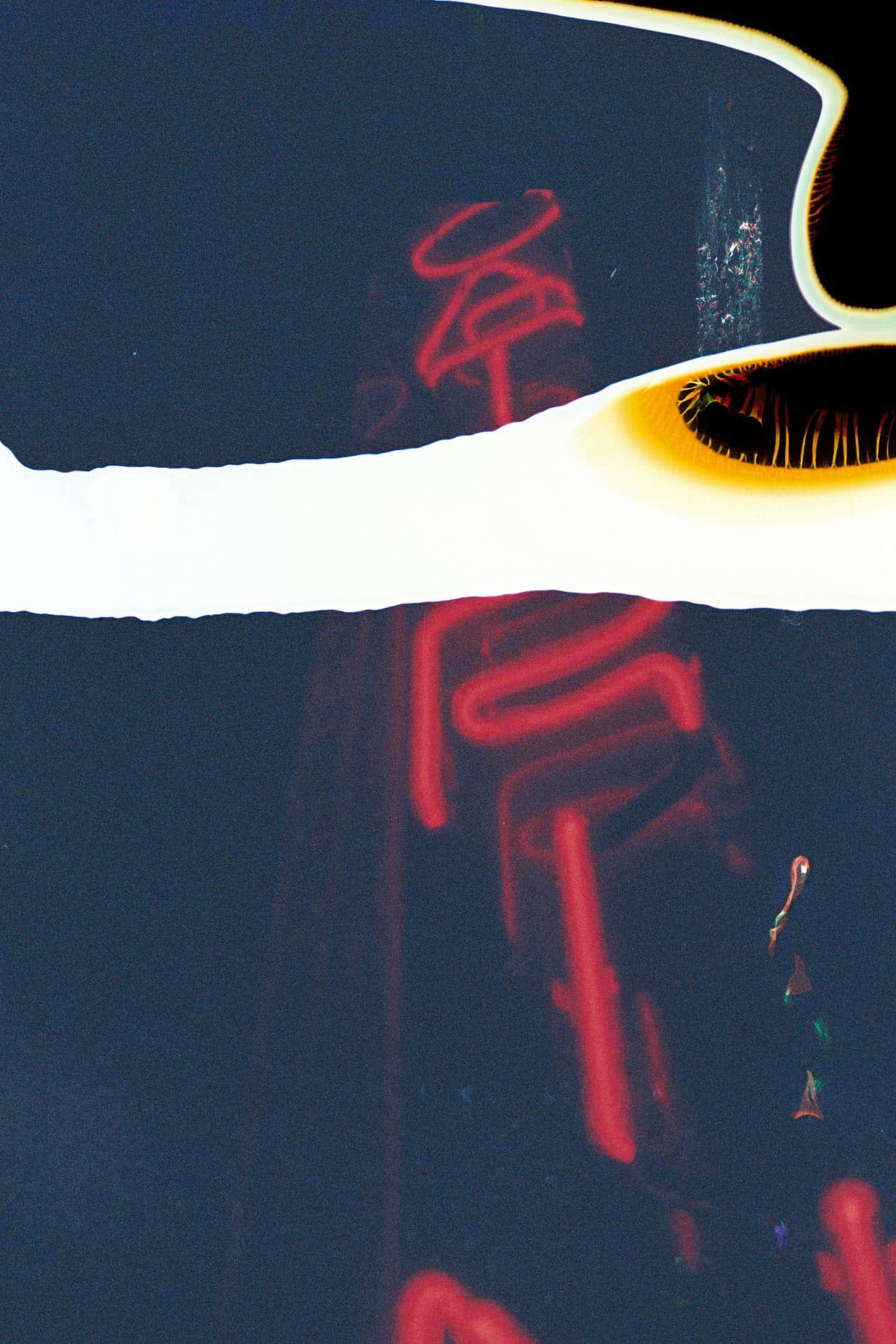
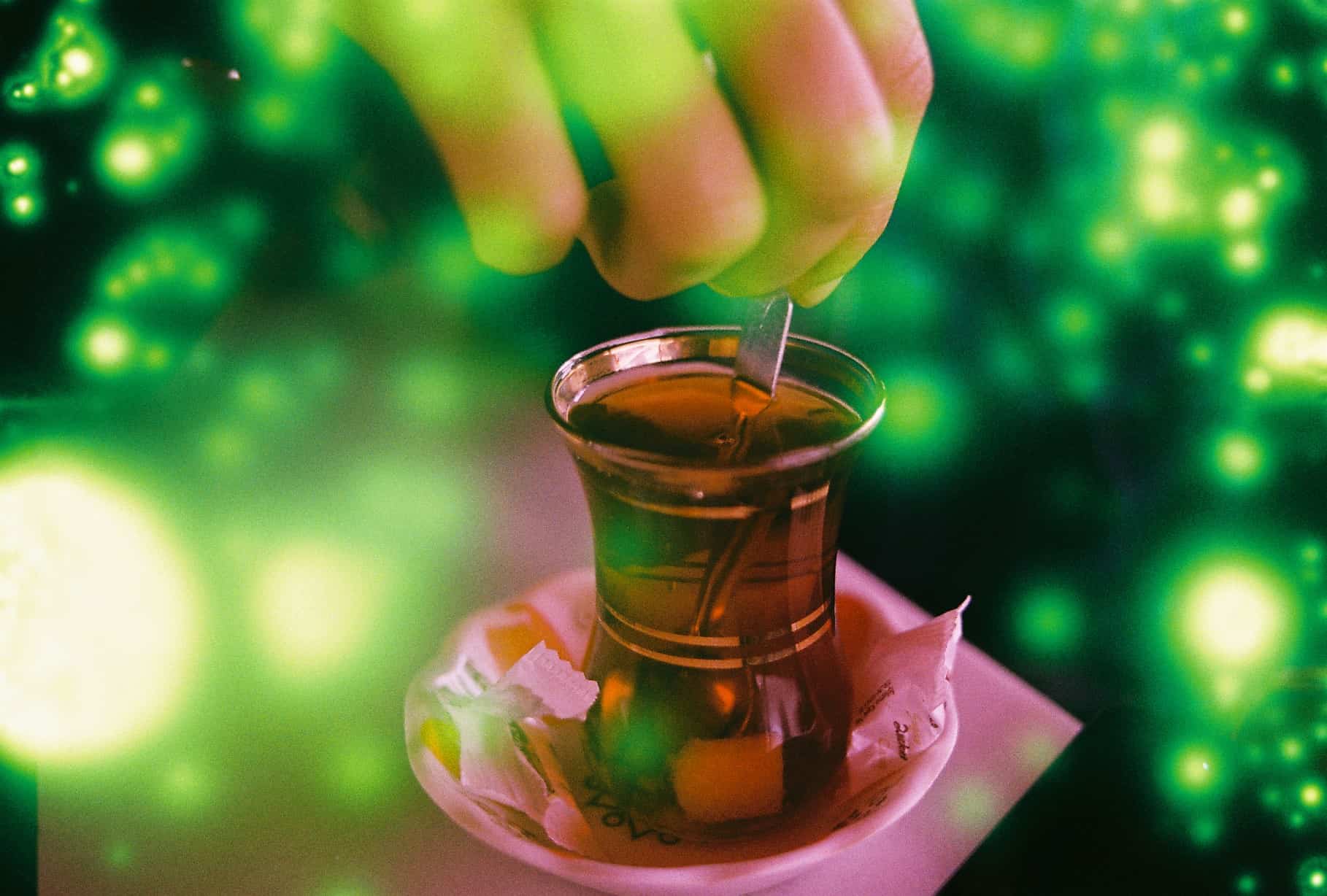
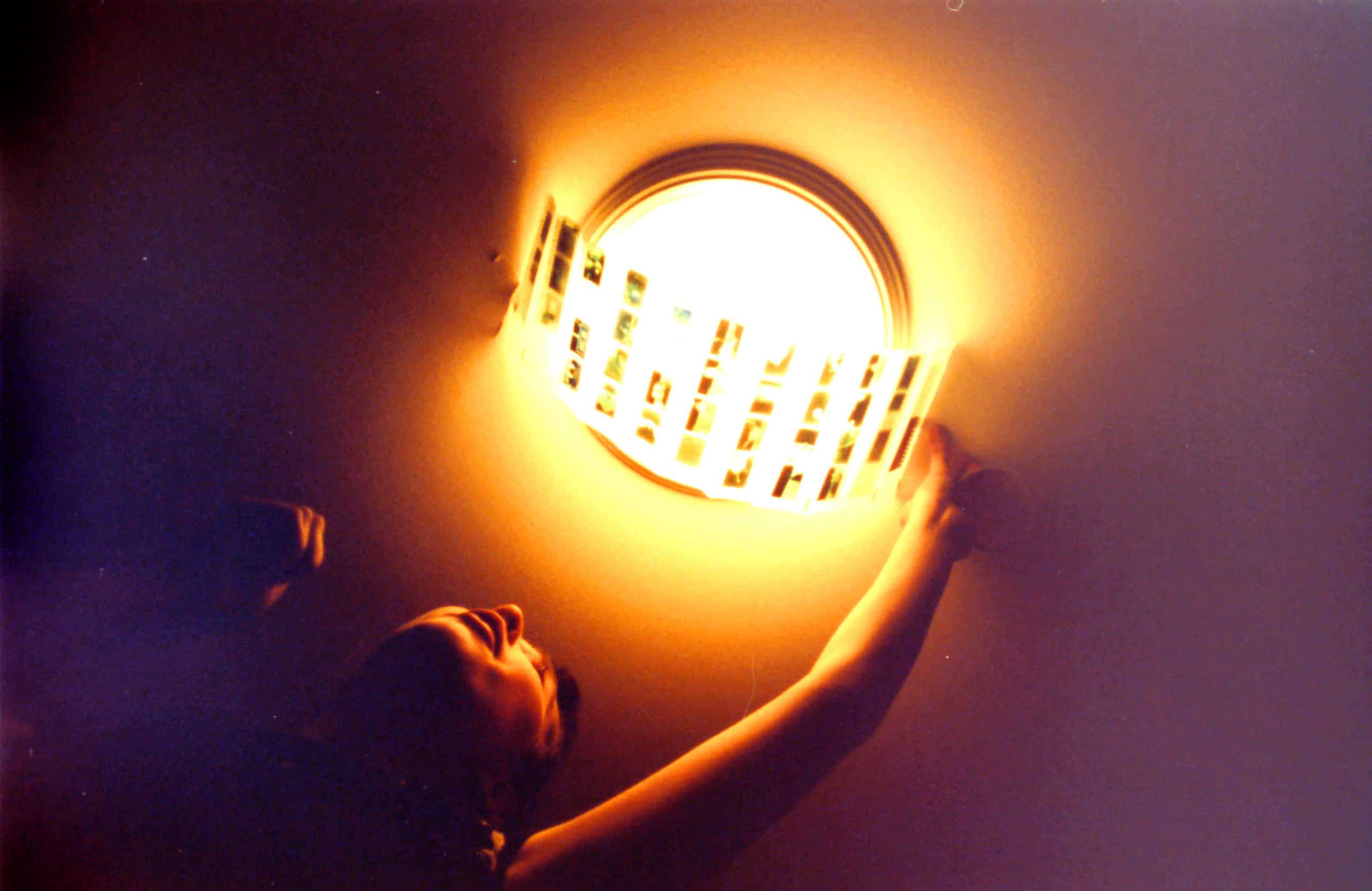
2 Comments
itsmetheinternet
December 11, 2013 at 1:10 AMLovely. I feel honored to be the source of this creative spark you have for cross processing, you’ve taken it farther than I ever did. Actually, it’s a bit of a case of things coming full circle — you found it through that hydrant picture I took, and reading this is making me want to re-discover it, and play with film again. And I adore that parasol pic, always have.
Katrinka
December 11, 2013 at 5:58 PMThanks, lady! I had a lot of pictures for that category, but I thought I should make it a small tribute to person who got me started with cross-processing. 🙂 You should play around with it again, I’d love to see what happens! I cross-process less now than I used to, but every once in a while I just crave that really wild unpredictability.